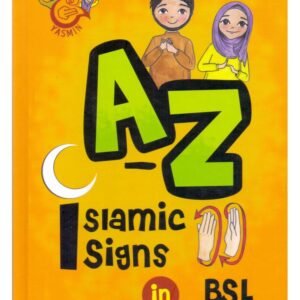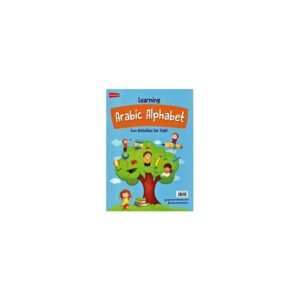Description
An-Nahwul Waadhih puts a great deal of emphasis on (exercises or drills), so the reader will find that each and every lesson in this book is followed up by a number of different exercises which the student is required to complete. The reason behind this is that by having the students do these many exercises, the lessons learnt are in fact being “drilled” into their heads so that they will not forget
them.
Furthermore, An-Nahwul Waadhih also gives readers the various Qawaa`id (fundamentals) of Nawh in a list form, with a few Qawaa`id being presented after each lesson for easier memorisation. A total of 183 Qawaa`id are mentioned in this book.
An-Nahwul Waadhih also touches upon Al-I`raab, which is a simpler, more basic form of what is known as “Tarkeeb”. These lessons and exercises on I`raab are meant to test the student’s overall knowledge of Arabic in general, and Nahw in particular, as well as to deepen the student’s understanding of what he is reading by analysing the sentences.
Lastly, there is a branch of Arabic that many Nahw books do not focus on but which is given a great deal of attention in An-Nahwul Waadhih, and that is the branch of Al-Inshaa’. Inshaa’ refers to the art of writing – not writing as in bettering your handwriting, but writing in the sense of “authoring”, learning how to form your own sentences, and then your own articles, and from there you may even be able to write your own books in Arabic.
This Inshaa’, in An-Nahwul Waadhih, is done through the medium of the teacher; hence, it is required that the teacher who teaches this book must himself be well-versed in Arabic so as to properly guide the student through the exercises on Inshaa’, teaching them how to form sentences, how to choose not just the correct, but the most suitable of words, which dictionaries to use, how to phrase every sentence so that it flows smoothly, fluently, etc.
May Allaah Ta`aalaa accept this effort and make it a means of benefit to all
Additional information
| Weight | 190 g |
|---|
Be the first to review “The Clear Grammar on the Fundamental of the Arabic Language (Vol 1-3) By Mustafah” Cancel reply







Reviews
There are no reviews yet.